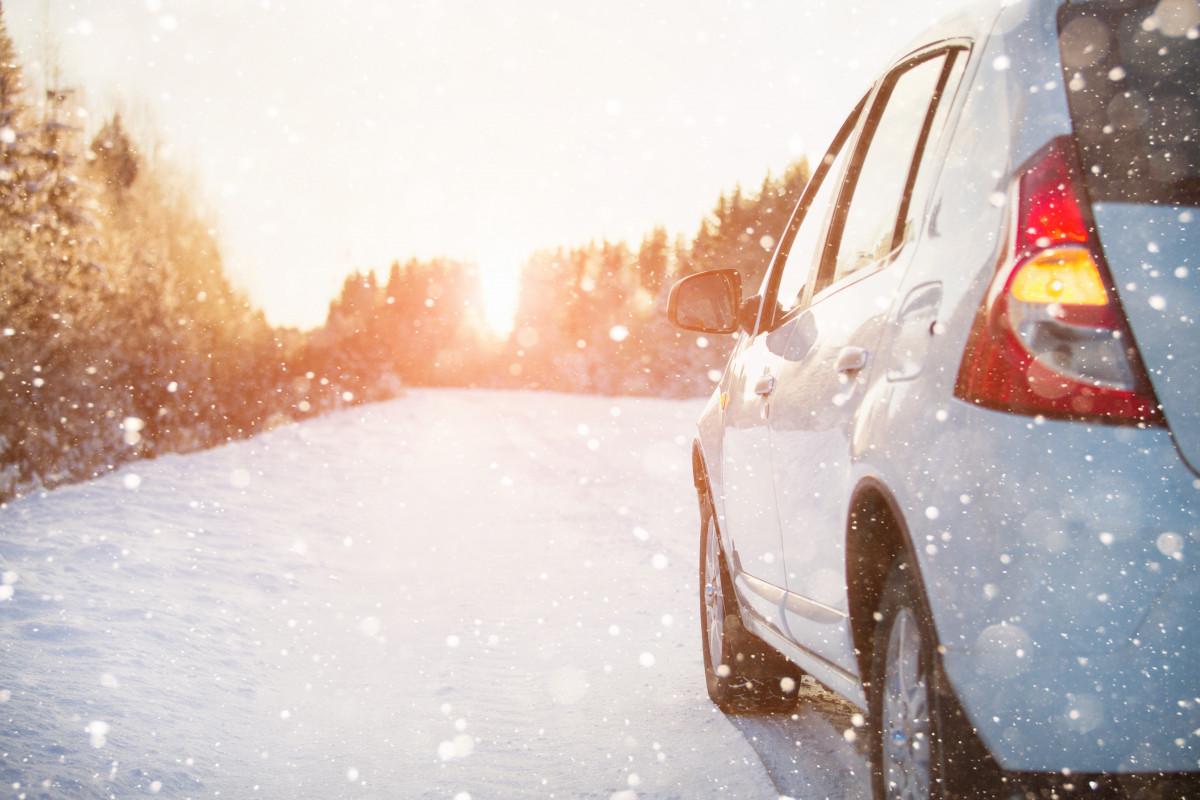Drive safely: With the car on a winter holiday
Before setting out on a winter sports trip, you should be physically well prepared for the expected stresses. A well-planned training program in advance ensures strength and mobility and thus counteracts serious accidents on the slopes. In order to reach the holiday destination safely by car, some considerations and preparations are required in advance.
The tires
Since the introduction of the situational obligation to have winter tires in 2010, no reasonable driver has driven without winter tires or all-season tires in mud, snow or black ice.
Traveling on icy terrain
If the road is heavily snow-covered and it is also going uphill, even winter tires are often powerless. The only help here is snow chains, which you can rent if necessary, for example from the ADAC, and which should be within easy reach (not under your luggage!) in the trunk. A folding spade is also useful if the vehicle gets caught in a snowdrift. Starting off on a mirror-smooth road is difficult without outside help to provide the necessary push. Sand or grit provide the necessary “bite” under the wheels. A bag full of these “rough helpers” should therefore not be missing, nor should a tow rope and a jumper cable.
windows and door locks
If the car has been outside in sub-zero temperatures and snowfall, the windows will be iced over. An ice scraper with an integrated whisk works well to remove snow and a layer of ice. If you want to avoid scratches on the windows, a window de-icer is used beforehand. Snow and ice must be removed from all windows, although the ice should not be thawed with the window heater alone, because the large temperature difference can cause a window to crack. A door lock de-icer is better kept in a jacket pocket than in the (possibly frozen) vehicle.
Heat even in traffic jams
In inhospitable weather conditions, the risk of being stuck in traffic for hours is particularly great. If the engine stops due to a lack of fuel, the passenger compartment quickly becomes uncomfortably cold. A well-filled reserve canister is then a good precaution. Finally, a warm blanket, hat and gloves as well as a thermos flask with a hot drink and some provisions should not be missing on board during winter car journeys.
